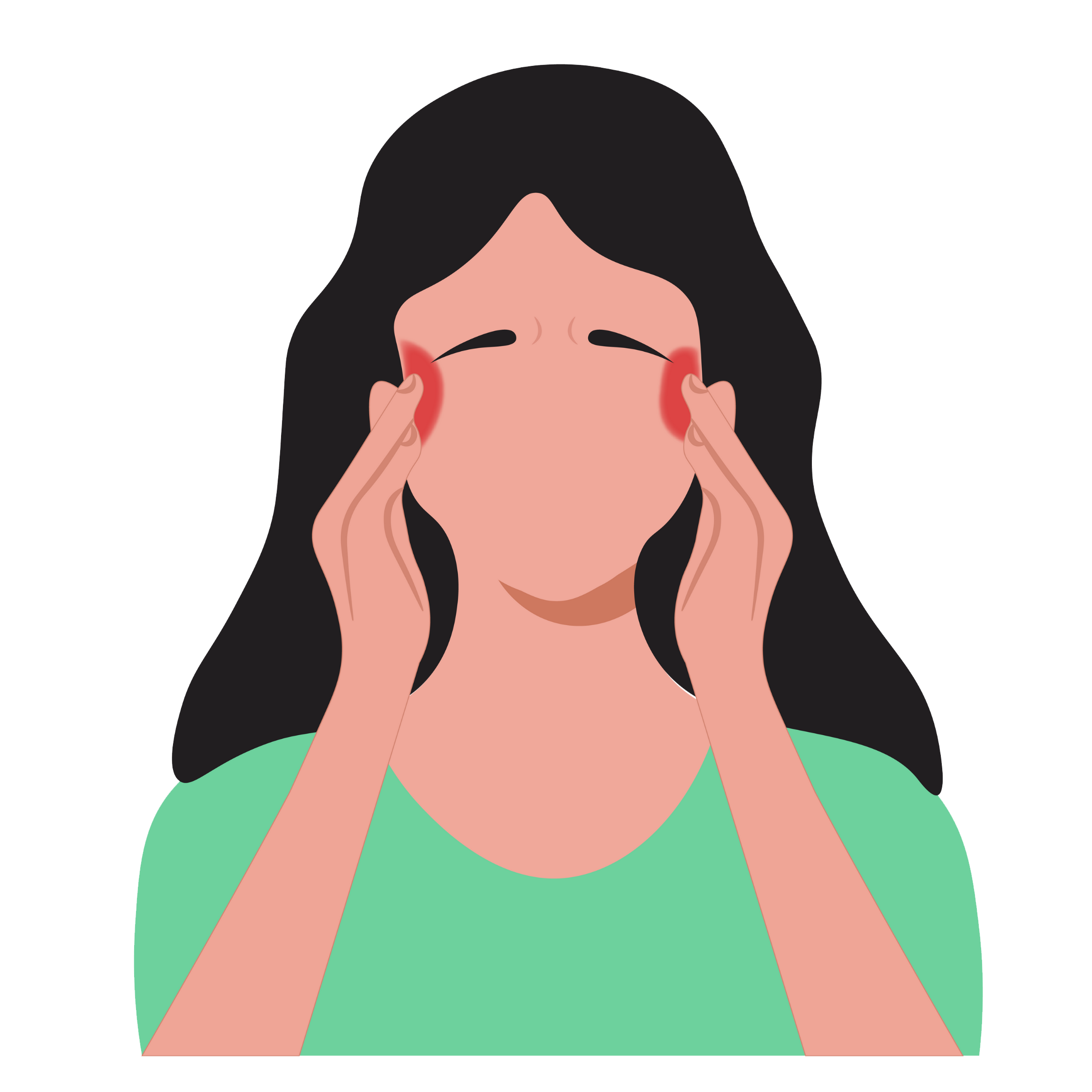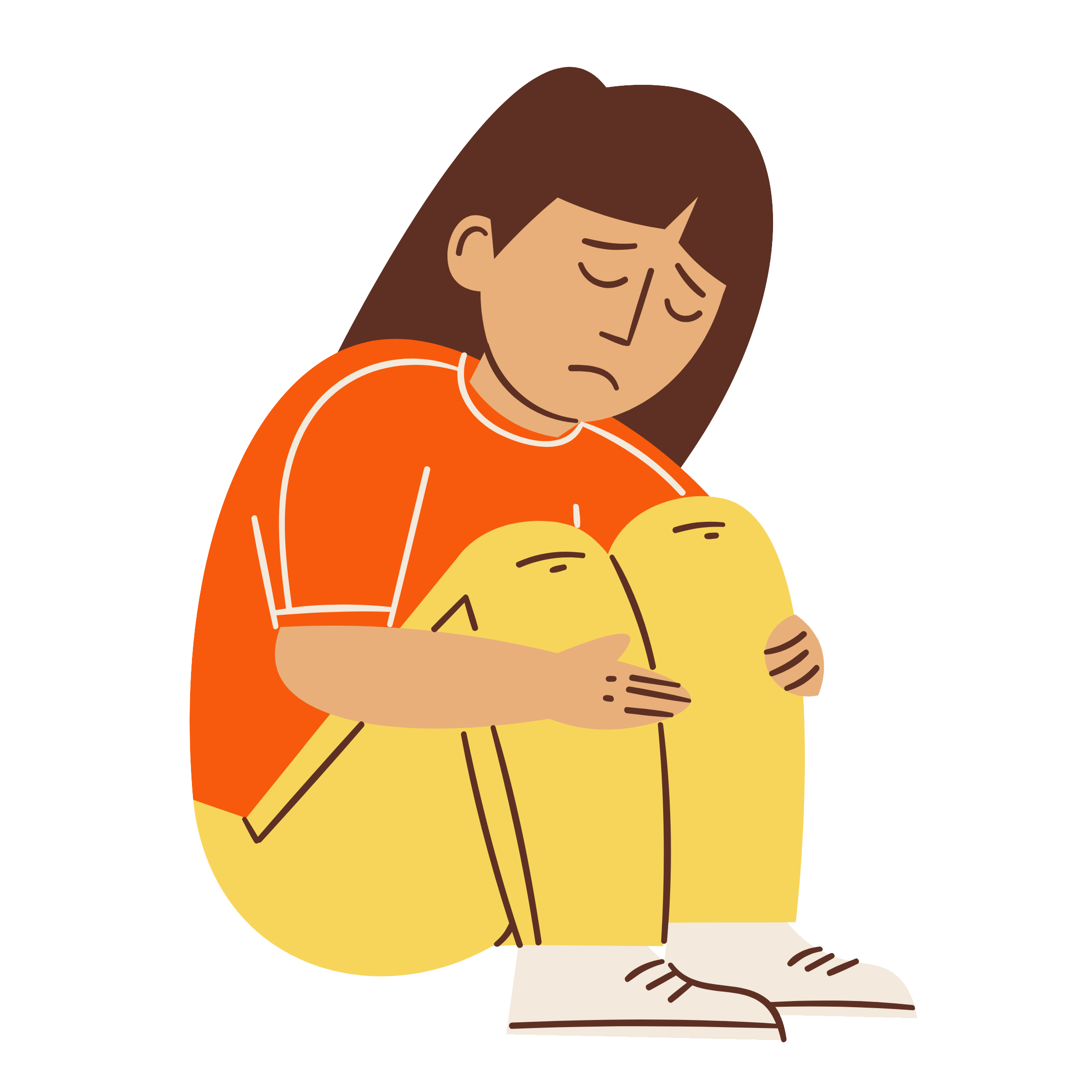Long COVID
What is Long COVID?
Long COVID is a chronic condition that occurs after SARS-CoV-2 infection and is present for at least 3 months. Long COVID includes a wide range of symptoms or conditions that may improve, worsen, or be ongoing. Long COVID occurs more often in people who have severe COVID-19 illness, but anyone who gets COVID-19 can experience it, including children.
If you believe you or a loved one is suffering from Long COVID, please visit the AfterCare Resource Center to get connected to comprehensive support.
Who can get Long COVID?
Long COVID can happen to anyone who has had COVID-19, even if it was a mild or asymptomatic infection. Recent survey data estimates that 1 out of every 5 adults (around 20%) who had COVID-19 in the past will experience at least one symptom of Long COVID weeks and months after their initial diagnosis. Some of the most common symptoms include fatigue, difficulty thinking or concentrating (“brain fog”), chest pain, shortness of breath, muscle weakness, anxiety, or depression.
What causes Long COVID?
Many patient groups, clinicians, and researchers are working on studies to better understand the root cause of Long COVID and how to treat it. While they continue to look for answers, rehabilitative and therapeutic approaches can help alleviate symptoms for people with Long COVID.
How can Long COVID affect me?
In addition to its medical impact, Long COVID also has social and economic implications, particularly for populations already disproportionately burdened by health inequity. Fatigue and pain can affect mobility, concentrating at work is harder with brain fog, and anxiety and depression can alter one’s outlook on life. Recovery time varies between people. The Test & Trace Corps’ AfterCare program is here to support New Yorkers with Long COVID by connecting them with resources that meet their health and social needs.
What are possible symptoms?
People with Long COVID encounter a range of new or ongoing symptoms in the weeks or months after first contracting the COVID-19 virus. Individuals commonly report experiencing different combinations of the following symptoms:

- Cough
- Difficulty breathing or shortness of breath
- Fever
- Rash

- Difficulty thinking or concentrating (sometimes referred to as “brain fog”)
- Headaches
- Changes in smell or taste

- Tiredness or fatigue
- Mood changes
- Anxiety or depression

- Chest or stomach pain
- Changes in period cycles
- Diarrhea

- Joint or muscle pain
- Pins-and-needles feeling
- Symptoms that get worse after physical or mental activities

- Sleep problems
- Dizziness on standing (lightheadedness)
- Fast-beating or pounding heart (also known as heart palpitations)
For more information on Long COVID and post-COVID conditions, please visit the CDC website.
Let’s Summarize Long COVID
